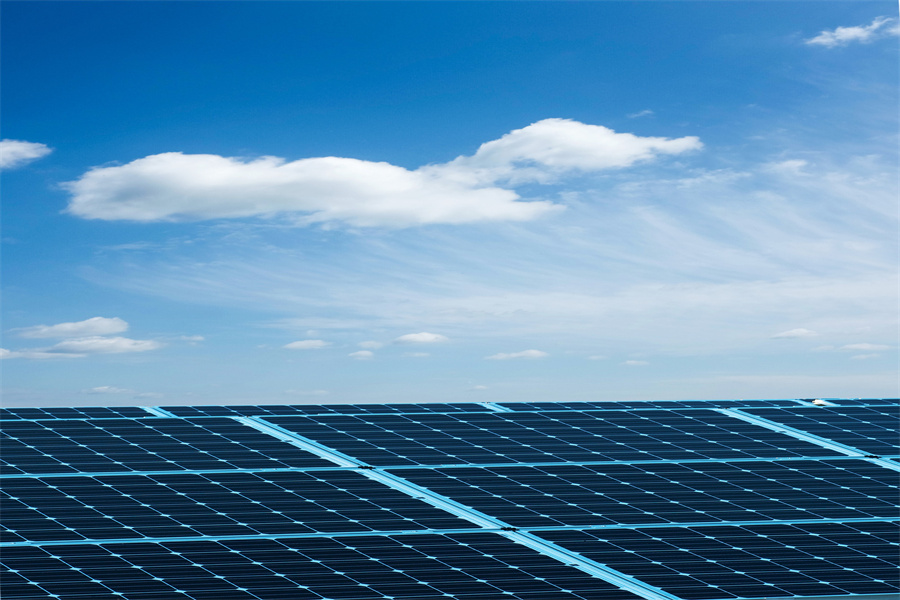At 30%, Solar Panel Tax Credits Are at a High Point for Now
time:2023-08-28 13:34:04 Views:0 author:Jinan Freakin Power Ltd.
For about the next decade, homeowners can take advantage of the U.S. tax code to save on installation and reduce their electric bills.Americans are increasingly turning to rooftop solar panels to save money on their energy bills, and over the next decade, federal tax credits can help reduce the cost of installing them. Tax breaks for solar panels aren’t new, but the Inflation Reduction Act, passed last year, expanded and extended them as part of the government’s effort to reduce greenhouse gases that contribute to climate change.

If you buy and install a solar energy system at your home by the end of 2032, you are eligible for a federal tax credit for 30 percent of the cost, including the panels, related equipment, wiring, installation, permits and fees. The credit shrinks to 26 percent in 2033 and 22 percent in 2034. (The solar credit is one of several residential clean energy credits included in the 2022 law.) “It’s a great time to be thinking about adding solar,” said Becca Jones-Albertus, director of the Energy Department’s Solar Energy Technologies Office, which promotes development and deployment of solar technology. Solar panels convert sunlight into electrical energy. Last year, residential installations topped 702,000, more than double the total for 2018, according to data from the Solar Energy Industries Association. The group estimates that 15 percent of homes in the United States will have solar panel systems by 2030. The solar tax credit reduces your tax bill dollar for dollar; if you don’t owe federal tax, you won’t get any of the credit as a refund. You can, however, carry over any unused credit to future tax years, said April Walker, lead manager of tax practice and ethics at the American Institute of Certified Public Accountants. The typical residential solar system size is nine kilowatts, said Vikram Aggarwal, chief executive of EnergySage, an online marketplace that connects consumers with solar companies. Based on pricing reported by the National Renewable Energy Laboratory, the bill for such a system would be about $27,000 installed, and a credit would help you recoup $8,100. Larger systems can be much more expensive, but there’s no cap on the credit. On average, lower electric bills, along with tax credits and incentives, help homeowners recoup the cost of the system in about eight years, Mr. Aggarwal said.
Your actual savings depend on factors like how much electricity you use, the number of panels installed, the orientation of your home (south-facing roofs get the most sun in the Northern Hemisphere) and how shady your lot is, said Josh Kossman, senior director of sales with SunPower, a national solar installer. Some states offer their own tax incentives, and utilities may offer rebates for installing solar. In some cases, rebates may affect the size of the federal credit, so consult a tax professional for help calculating your potential benefit, Ms. Walker said. If you are due for a new roof, it may make sense to replace it before you invest in solar, because it can be expensive to remove and reinstall the panels, Dr. Jones-Albertus said. Some solar contractors also do roofs or work closely with roofing companies, so you may be able to economize by having them done at the same time, she said. Some solar contractors offer the option to lease the system rather than buy it, but in that case you won’t own it — so you don’t qualify for the tax credit, Ms. Walker said.




